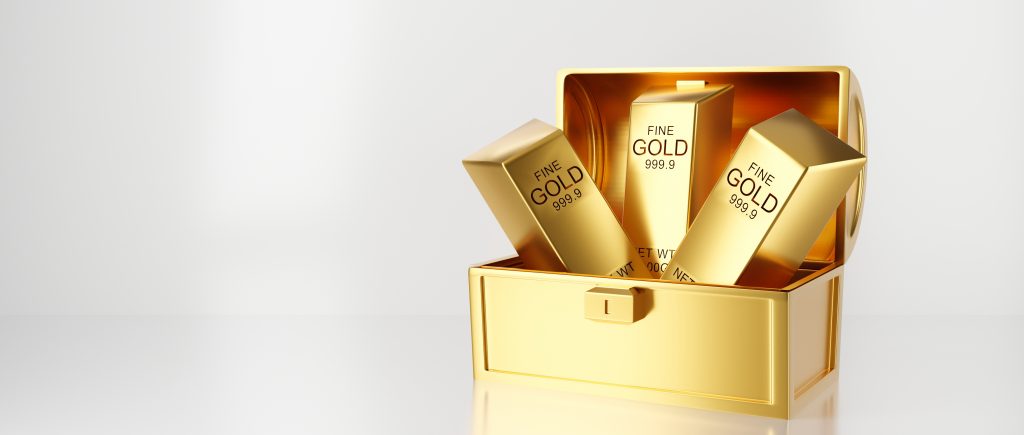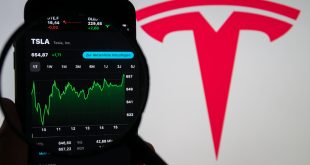Gold prices steadied above the $4,000 mark on Thursday, consolidating near record highs as markets digested news of a U.S.-brokered ceasefire between Israel and Hamas, while persistent geopolitical tensions and expectations of further Federal Reserve rate cuts kept demand for safe-haven assets elevated.
At 1226 GMT, spot gold traded at $4,038.59 per ounce, while U.S. gold futures for December delivery slipped 0.3% to $4,057.70. The precious metal had briefly touched a record high of $4,059.05 on Wednesday.
Silver Breaks $50 Barrier Amid Tight Supply
Silver joined gold’s historic rally, climbing 2.2% to $50.01 per ounce, breaking the symbolic $50 level for the first time ever. The metal has surged over 73% year-to-date, supported by strong investor demand, gold’s momentum, and signs of a physical supply deficit in the spot market.
The broader rally across precious metals underscores investor appetite for tangible assets as global uncertainty intensifies and inflation risks linger.
Geopolitics and Rate Outlook Support Bullion
The announcement by President Donald Trump of a ceasefire and hostage deal between Israel and Hamas offered a brief respite to markets, though analysts noted that gold’s rally remains underpinned by longer-term risks — including the war in Ukraine, political instability in France and Japan, and ongoing fiscal strains in the U.S.
The Federal Reserve’s September minutes, released Wednesday, revealed that officials see mounting risks to the U.S. labor market, reinforcing expectations for two more 25-basis-point rate cuts — one in October and another in December, according to CME FedWatch data.
“The ongoing U.S. government shutdown has injected momentum into gold’s rally, alongside fiscal concerns in Japan and France,” analysts at UBS said.
Gold, which offers no yield, tends to outperform when borrowing costs fall, as investors seek alternative stores of value during periods of policy easing or heightened uncertainty.
Year-to-Date Performance and Broader Metals
Gold has soared 53% in 2025, heading for its biggest annual gain since 1979, when the oil crisis fueled a similar flight to safety.
Elsewhere, platinum inched up 0.1% to $1,664.30, while palladium jumped 1.9% to $1,476.35, marking its highest level in over two years.
Analysts expect that continued central bank buying, ETF inflows, and policy-driven volatility could keep gold and silver well-supported through the final quarter of the year.
 Noor Trends News, Technical Analysis, Educational Tools and Recommendations
Noor Trends News, Technical Analysis, Educational Tools and Recommendations





